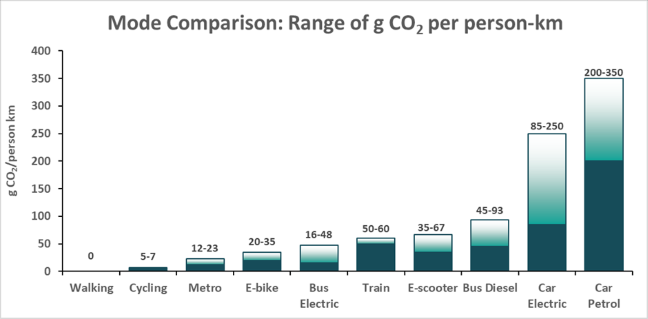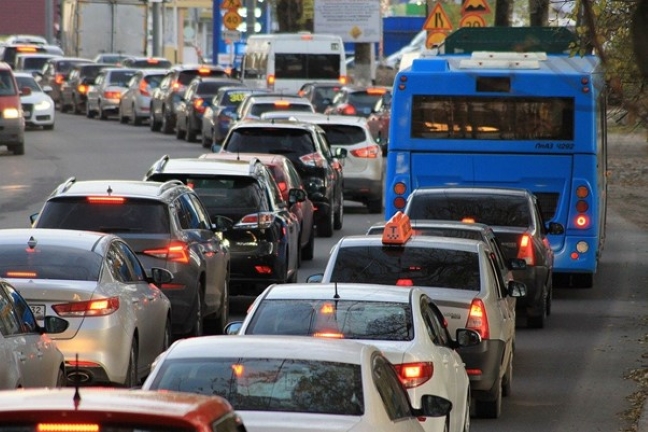Home / Nature & Environment / Sustainability / Sustainable Transport and Shared Mobility / Overview of main benefits of shared mobility

Reach your personal and professional goals
Unlock access to hundreds of expert online courses and degrees from top universities and educators to gain accredited qualifications and professional CV-building certificates.
Join over 18 million learners to launch, switch or build upon your career, all at your own pace, across a wide range of topic areas.

 Transport mode comparison: range of gram CO2 per person-km
Transport mode comparison: range of gram CO2 per person-km







